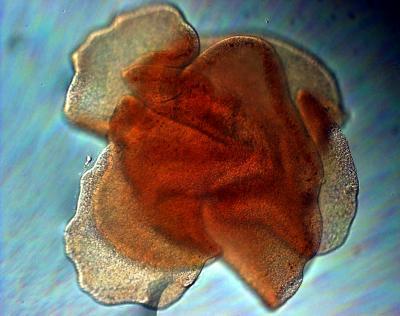Astronomers have taken the closest look ever at the giant black hole in the center of the Milky Way. By combining telescopes in Hawaii, Arizona, and California, they detected structure at a tiny angular scale of 37 micro-arcseconds - the equivalent of a baseball seen on the surface of the moon, 240,000 miles distant. These observations are among the highest resolution ever done in astronomy.
Using a technique called Very Long Baseline Interferometry (VLBI), a team of astronomers led by Doeleman employed an array of telescopes to study radio waves coming from the object known as Sagittarius A* (A-star). In VLBI, signals from multiple telescopes are combined to create the equivalent of a single giant telescope, as large as the separation between the facilities. As a result, VLBI yields exquisitely sharp resolution.
The Sgr A* radio emission, at a wavelength of 1.3 mm, escapes the galactic center more easily than emissions at longer wavelengths, which tend to suffer from interstellar scattering. Such scattering acts like fog around a streetlamp, both dimming the light and blurring details. VLBI is ordinarily limited to wavelengths of 3.5 mm and longer; however, using innovative instrumentation and analysis techniques, the team was able to tease out this remarkable result from 1.3-mm VLBI data.

 Opioid Addicts Are Less Likely To Use Legal Opioids At The End Of Their Lives
Opioid Addicts Are Less Likely To Use Legal Opioids At The End Of Their Lives More Like Lizards: Claim That T. Rex Was As Smart As Monkeys Refuted
More Like Lizards: Claim That T. Rex Was As Smart As Monkeys Refuted Study: Caloric Restriction In Humans And Aging
Study: Caloric Restriction In Humans And Aging Science Podcast Or Perish?
Science Podcast Or Perish?












